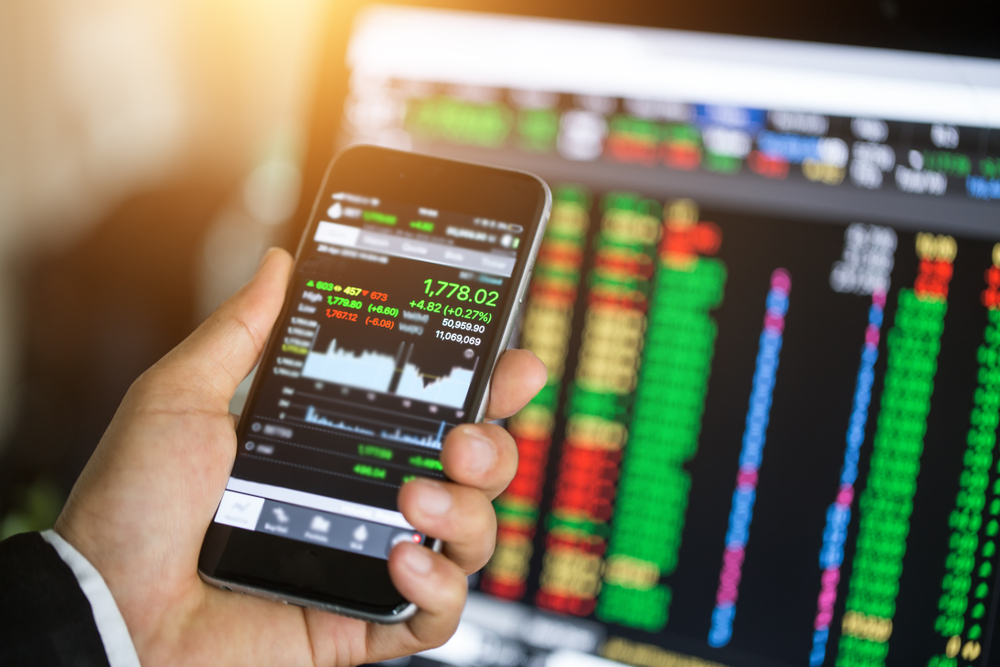
Analysts have declared that the foreign exchange markets are getting stuck in paralysis over the ongoing twists and turns in the saga of the trade war between the US and China.
One analyst quoted in Reuters, Ray Attrill from the National Australia Bank, said that the currency markets were in a place where they felt obliged to “second-guess” everything.
It is currently extremely uncertain what the prospects for the China-US trade situation are.
There are repeated small signs of progress followed by small signs of pessimism.
The latest development saw a spokesperson for the Chinese commerce ministry indicate that China was working hard to bring the dispute to an end.
There is also an indication that negotiators from the US government have been invited to go to Beijing for another set of discussions.
Generally, though, there is now an expectation that the trade talks will persist into 2020.
On Friday, the US dollar managed to hold firm in its pair against the Japanese yen.
The dollar was seen at 108.63 in this pair, which was the position it was in at the start of the week.
In the dollar index, which tracks the currency compared to various others from around the world, it was at 97.958 – which represented a static position.
In China, the yuan was relatively steady too – and was seen at 7.0313 at one stage in its pair against the US dollar.
The trade battle has had a lot of knock-on effects for global economic growth.
Many analysts now appear to be predicting that growth is going to go down around the world as the year progresses towards its end.
However, geopolitical factors are also relevant here.
With the ongoing row over the US’ perceived intervention in the Hong Kong dispute also a major factor, it remains unclear whether or not the two countries will be able to strike a deal.
Both President Donald Trump and the US Senate have shown support for the protestors in Hong Kong, who are expressing anger about a range of issues relating to the behaviour of the city’s China-supported government.
China has continued to hit back against the US for what it claims is interference – and it is believed that this may be playing into Chinese reluctance to strike a trade deal.
A range of data releases are expected on Friday, including ones from Germany and the US.
Manufacturing is expected to be in the spotlight in particular.
Another currency which appeared to be hedging its bets on Friday was the British pound, which was noted at $1.2914 in its pair against the US dollar.
With the general election campaign in that country now entering its halfway phase, the two parties have continued to wrangle over everything from Brexit to public spending.
Despite opinion polls suggesting that the Conservative Party was in with a strong chance of winning, the markets did not appear to want to take a firm position.
The euro saw a tiny gain in its pair against the US dollar.
The latter currency was seen at $1.1061 in the pair.
 Between 74-89% of CFD traders lose
Between 74-89% of CFD traders lose  Your capital is at risk
Your capital is at risk  Your capital is at risk
Your capital is at risk  Your capital is at risk
Your capital is at risk